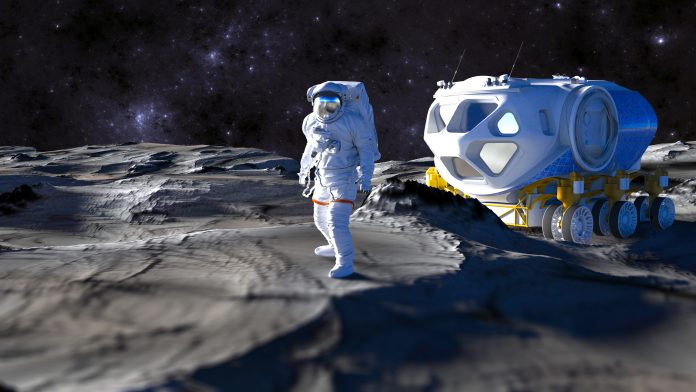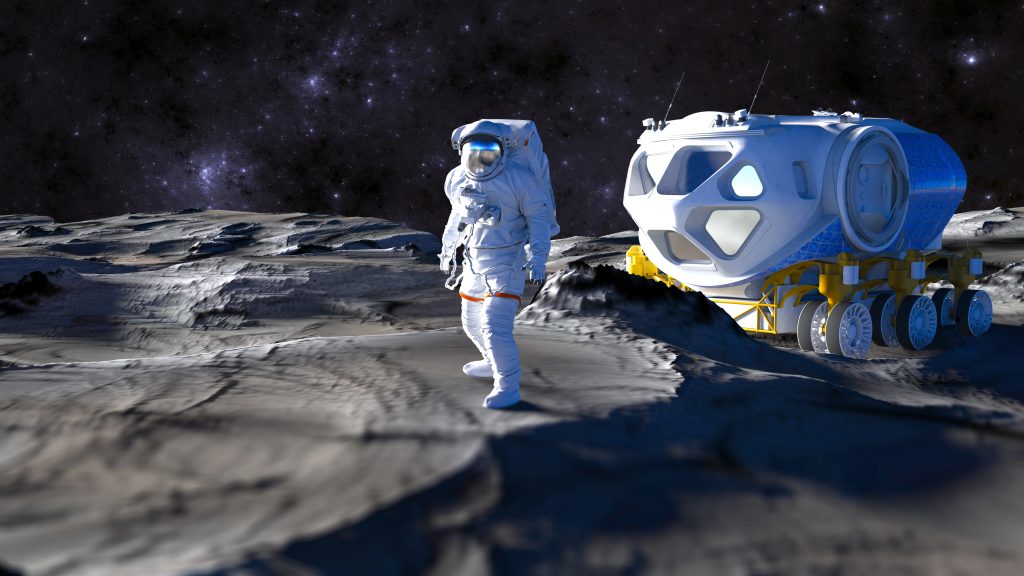
The United States is competing with China and Russia to put the first nuclear reactor on the Moon a competition that will reshape the map of space power for decades. Behind the headlines, this is not merely a test of national vanity, but a testing ground for engineering brilliance, energy resilience, and the future of lunar sovereignty.
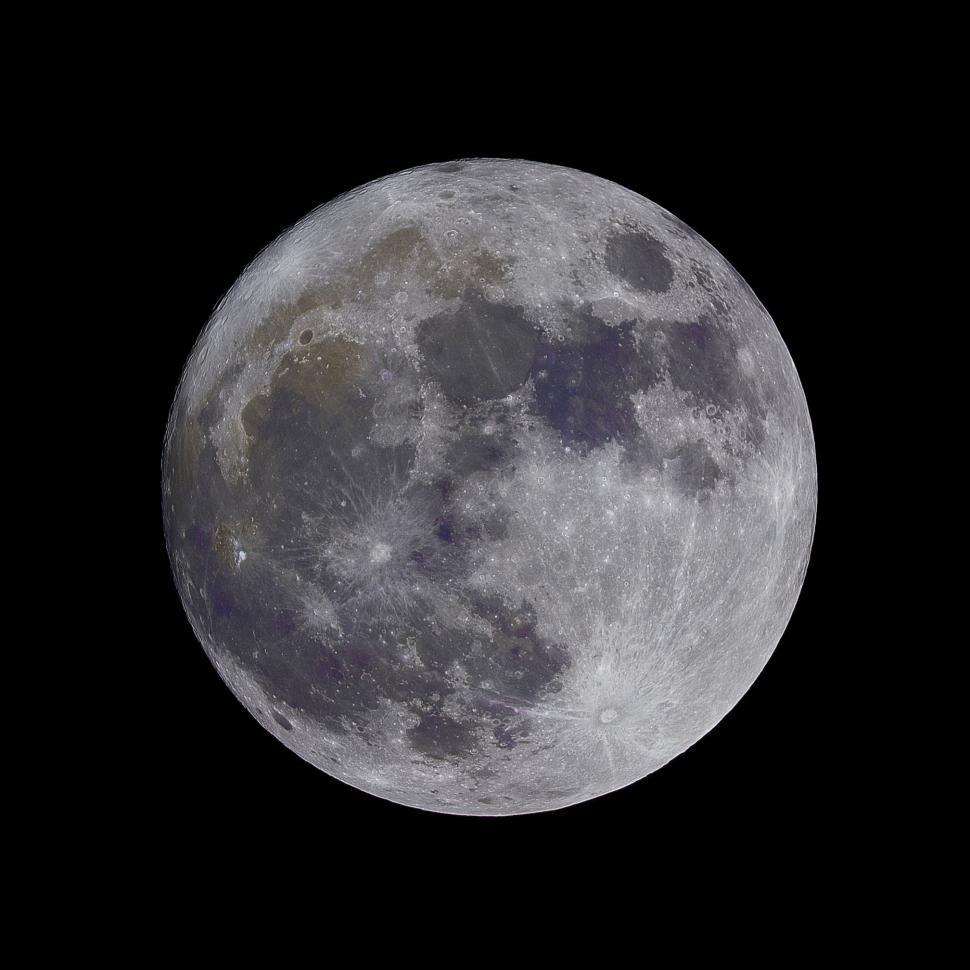
1. Nuclear Microreactors: The Lunar Power Advantage
It is not known by many that the Moon, half its day bathed in sunlight, is a hostile solar power environment. According to Simon Middleburgh of Bangor University’s Nuclear Futures Institute, “We need a lot of energy for future missions to the Moon.” So that we can have permanent bases on the Moon, we would have to be producing our own water and oxygen. The problem is the lunar night, a 14-day Earth day period when solar panels go dark and batteries would have to store unreasonably massive quantities of power.

Solar arrays and batteries by themselves cannot satisfactorily meet those requirements. Nuclear microreactors are a dense, compact, and continuous source of energy by comparison. A reactor the size of a small car could theoretically power a lunar base for around six years without refuelling, Middleburgh notes. These microreactors, typically in the 40–100 kilowatt range, are designed for reliability and longevity, supporting not just basic life support but also the production of water and oxygen from lunar resources.

2. Engineering the Impossible: Cooling and Operation in a Hostile Environment
Designing a nuclear reactor for the Moon is a masterclass in extreme engineering. The absence of an atmosphere means that traditional cooling methods reliant on convection are useless. Instead, heat must be dissipated through radiation, demanding innovative radiator architectures and robust materials. “On Earth, heat from nuclear fission is partly dissipated thanks to our atmosphere. On the Moon, we’ll need alternative cooling systems,” Middleburgh observes. Low gravity also makes things more difficult, changing the boiling and heat transfer phenomena. Heatpipe-based systems and radiative fins are being considered by engineers, leveraging experience from past space missions like SNAP-10A and more recent Heatpipe Power System reactors. The fine-grained lunar regolith, poor thermal conductivity, introduces one more complexity factor, necessitating dust-proof designs and site selection.
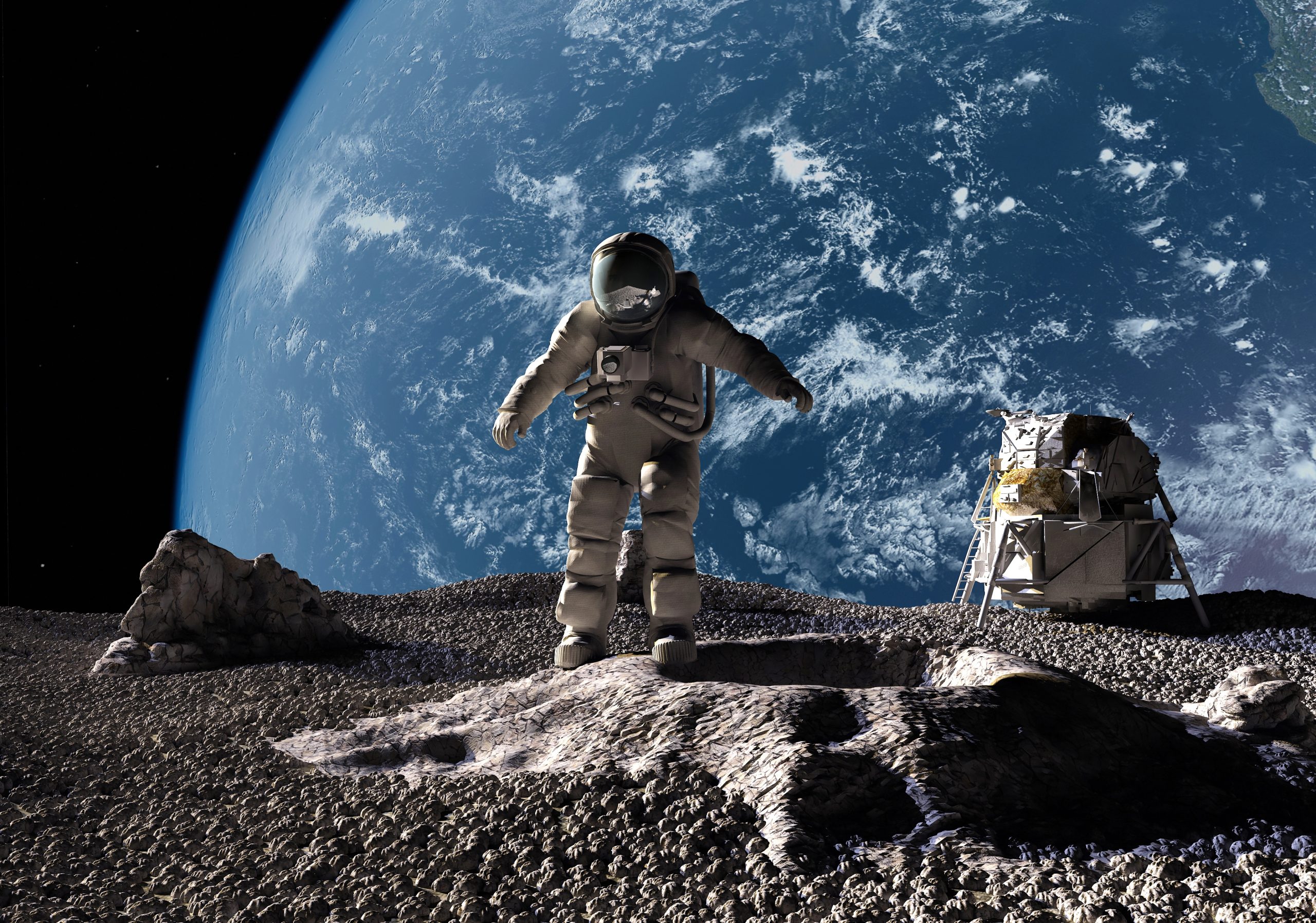
3. Shielding and Safety: Astronaut and Infrastructure Protection
Radiation from the Moon is a double danger: the cosmic and solar background radiation, and reactor radiation itself. Shielding for reactors on the Moon has considered using boron carbide (B4C) and lithium hydride (LiH), among other materials, with which to attenuate neutron and gamma doses to safe levels. Based on MCNPX calculations, a B4C layer can be used to bring the total neutron and gamma dose down to below 0.5 Grads prior to the introduction of LiH, keeping swelling in LiH low and the shield intact. Additionally, there is increasing interest in employing lunar regolith as an in-situ shield material, taking advantage of its mass to further attenuate radiation without increasing launch weight. As Shatel Bhakta, leader of NASA’s lunar architecture team, says: “We would only deploy a system when that system is safe in all stages of its life cycle, including launch, and the reactor is only built to be switched on when it actually reaches the lunar surface.”
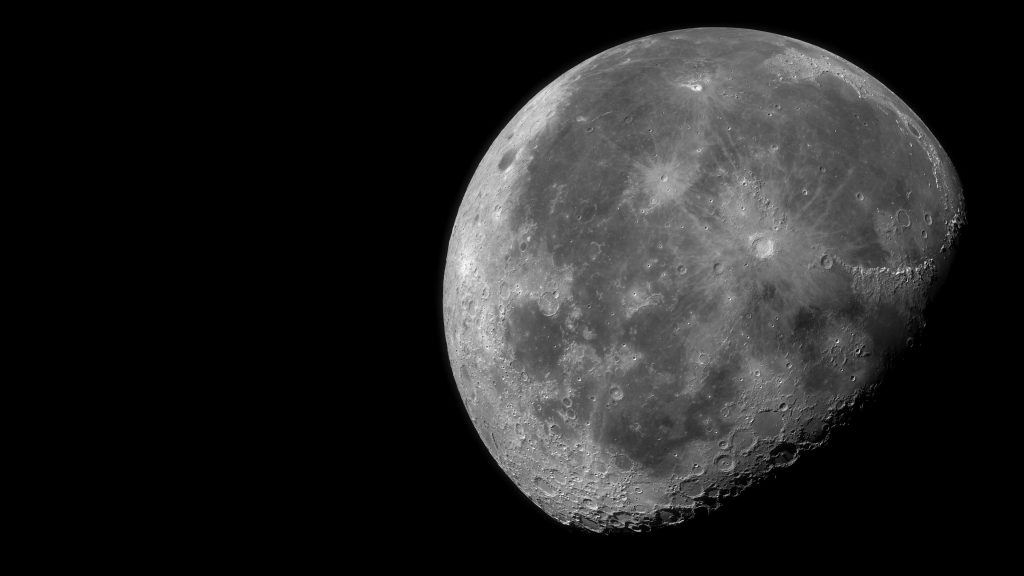
4. Limitations of Solar Power: Night, Dust, and Mass Constraints
Although solar power is tempting in highly lit areas close to the poles of the Moon, its technical shortcomings are dire. The Moon’s surface has to withstand temperature fluctuations from 127°C by day to -183°C at night, and the fine dust of the regolith can quickly spoil the efficiency of solar panels. Even at the poles, where sunlight is more reliable, the combined surface area of well-lit areas is only a few square kilometers, and the accumulation of lunar dust is an ongoing maintenance issue. Battery backup to cover the two-week night would take tens of tonnes of mass, a logistical challenge even for heavy-lifters such as Starship. As one analyst notes, “A 100 kW lunar power system would require 4-5 cycles of the HLS mission operation, each requiring an SLS launch as well as 3-4 other launches, plus new landers and descent/ascent elements.”
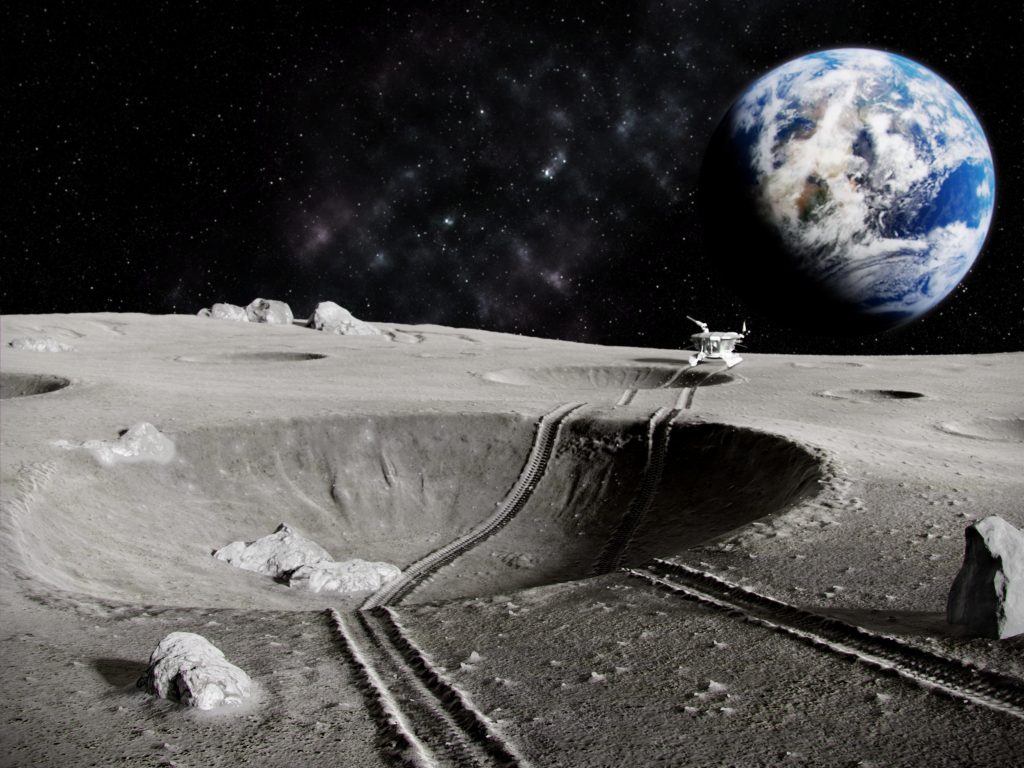
5. Cooling System Architectures: Lessons from Terrestrial and Space Reactors
Terrestrial reactors benefit from abundant cooling options, but lunar reactors must rely on radiative cooling and heatpipes. The Los Alamos National Laboratory-developed Heatpipe Power System (HPS) reactors are an example of such a design, employing sealed pipes to transport the heat from the core of the reactor to radiators. These systems are small, rugged, and have few moving parts a critical characteristic for independent use in the lunar setting. Engineers are also looking at arrays of modular radiators that could be deployed and positioned to optimize heat rejection, even in the changing thermal environment of the lunar surface.

6. Geopolitical Stakes: Territory, Sovereignty, and the “Keep-Out Zone”
The contest to deploy a nuclear reactor is not only about technology it is about who gets to write the rules of lunar settlement. NASA acting chief Sean Duffy has cautioned that the first country to put in a reactor would “declare a keep-out zone which would severely preclude the United States from having a planned Artemis presence unless they get there first.” With China and Russia working on a joint reactor by the mid-2030s, and the U.S. aiming for 2029, the interest is piqued. Everybody wants to be first, because nobody has any laws or treaties governing the colonisation of the moon, notes Nottingham Trent University astrophysicist Ian Whittaker. Energy infrastructure might become the foundation for territorial claims, particularly around the lunar south pole, where sunlight and water ice are most readily available.
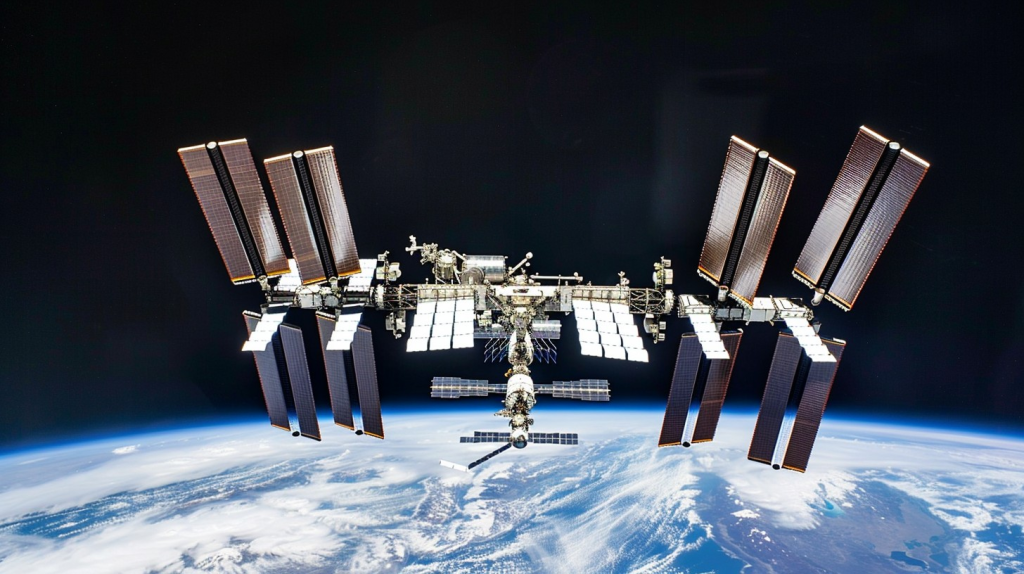
7. Safety Protocols and International Cooperation
Regardless of the competitive posturing, safety is a global concern. Both international and U.S. regulations, like those for the United Nations Office for Outer Space Affairs, highlight the importance of strong safety controls, such as reactor shutdown mechanisms, end-of-life dealing, and accident resiliency. The microreactors themselves are not that difficult and fast to construct, opines Carlo Carrelli, nuclear energy specialist, but “we would only use a system if that system is safe in all phases of its life cycle.”
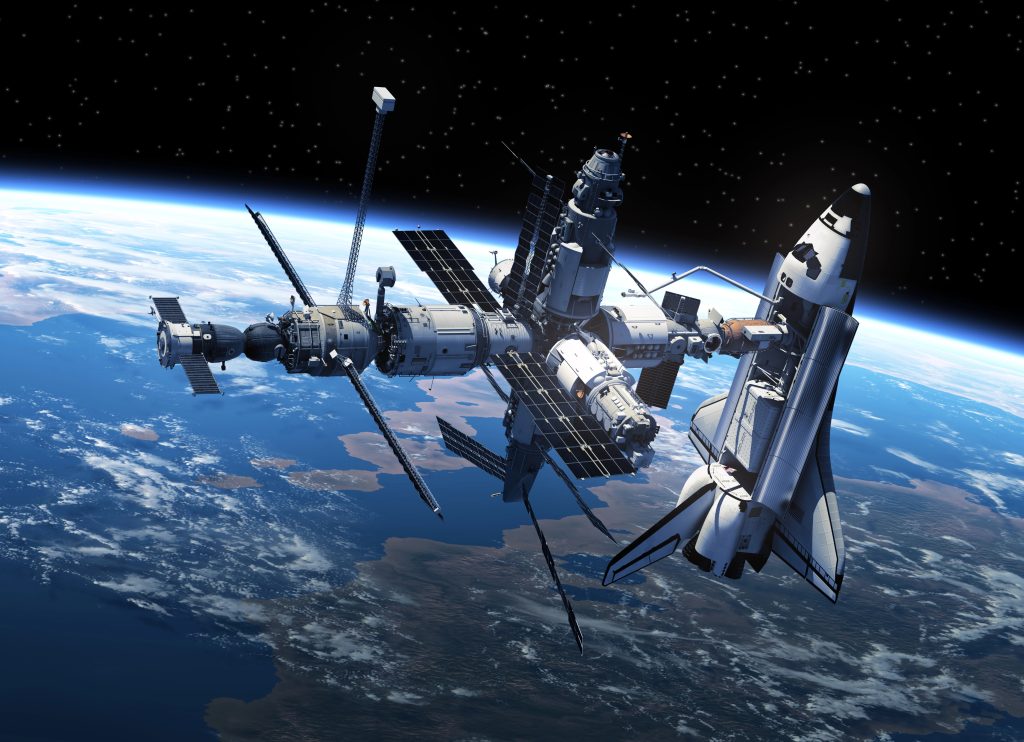
The expectation among many scientists is that the spirit of international cooperation of the International Space Station could be applied someday to lunar nuclear facilities, though today’s geopolitical tensions make such cooperation unlikely. The technical problems are daunting, but the reward is obvious: the first country to dominate lunar nuclear energy will determine the terms of humanity’s next giant stride.
